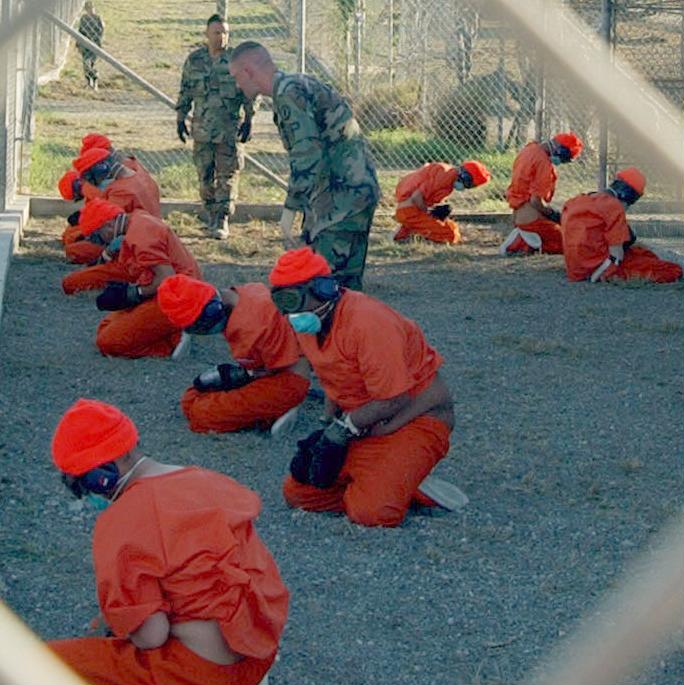For whatever reason, I recently had the fever to see names of people I barely knew and their grandparents' names scribbled in hundred year-old books. My employer has a wealth of genealogical resources at the ready, which made the effort almost disappointingly easy. Maybe that’s what incited me in the first place.
My wife's forbearers were easy to follow. A few key strokes, a few clicks of the mouse, and I was looking at the 1790's. Her folks all stayed put, lived in cities, and had respectable jobs.
Not so for my clan. My mother's people all lived down past the ends of dirt roads, and I editorialize from the celerity with which they vanish from record as I go back, didn't care for bureaucrats. Irony.

Following my father's line revealed an interesting riddle, however. He and his half-sister (their relationship in and of itself is an interesting tale, though not mine to tell) know decidedly little about their father's origins. He never said much about his humble beginnings and was, as a more general rule prone to tell things as he saw them or wanted them to be. There were bits of stories about Europe and the occasional, "Semper fi". He was a little too young to have fought in the first World War.
Doing the genealogist jigsaw with all of the "He was from somewhere in New York" or "Kingsport, I'm sure of it" pieces, I found him. There he was in the handwriting of a long-dead census taker, one name sandwiched between so many others.
I had found him, a teenager living with his mother and step father in Bridgeport, CT, Among Austrian-American neighbors whose mother-tongue was listed as “Slavick”. Only he
wasn't living with them. Next to my grandfather's name (which had been crossed out) was scribbled the word, "Omit". The only other evidence I had were the words, “Marine” and “U.S.N.”
This piece of the puzzle led to the last piece I could find. A young man with my grandfather's name and birthday had not long before enlisted in the Marine Corps at the New York City recruiter. Only this young man was exactly two years older than my grandfather, and coincidentally, just old enough to enlist.
With this, I did what any real historian would do: interpret, editorialize, and present history as I saw it. The records and the editorial about a young man unwilling to accept a new father filled-in some of the gaps.
This exercise has gotten me thinking about how our personal networks span not just space, but time. Wrapped-up in the convenient package of a database served over the WWW, this pre-digital information system of the US government adds context to a network based upon heritage and genetics. Though, as with most explorations of this sort, the discoveries beg more questions than they answer.
 These two are produced by the US Central Intelligence Agency for inclusion in their World Factbook publication. They are not produced to the same scale. A few weeks ago, looking out across the landscape, you might have been hard-pressed to figure out where and why one of these countries ends and the other begins.
These two are produced by the US Central Intelligence Agency for inclusion in their World Factbook publication. They are not produced to the same scale. A few weeks ago, looking out across the landscape, you might have been hard-pressed to figure out where and why one of these countries ends and the other begins.  Everywhere, it would be bright and dry, and you would run into people who spoke Arabic or Hebrew, or both. Many would probably be able to chat with you in English. Roads, though ultimately interrupted by fences, gates, and people equipped and willing to kill, connect cities in the one to cities in the other.
Everywhere, it would be bright and dry, and you would run into people who spoke Arabic or Hebrew, or both. Many would probably be able to chat with you in English. Roads, though ultimately interrupted by fences, gates, and people equipped and willing to kill, connect cities in the one to cities in the other.













